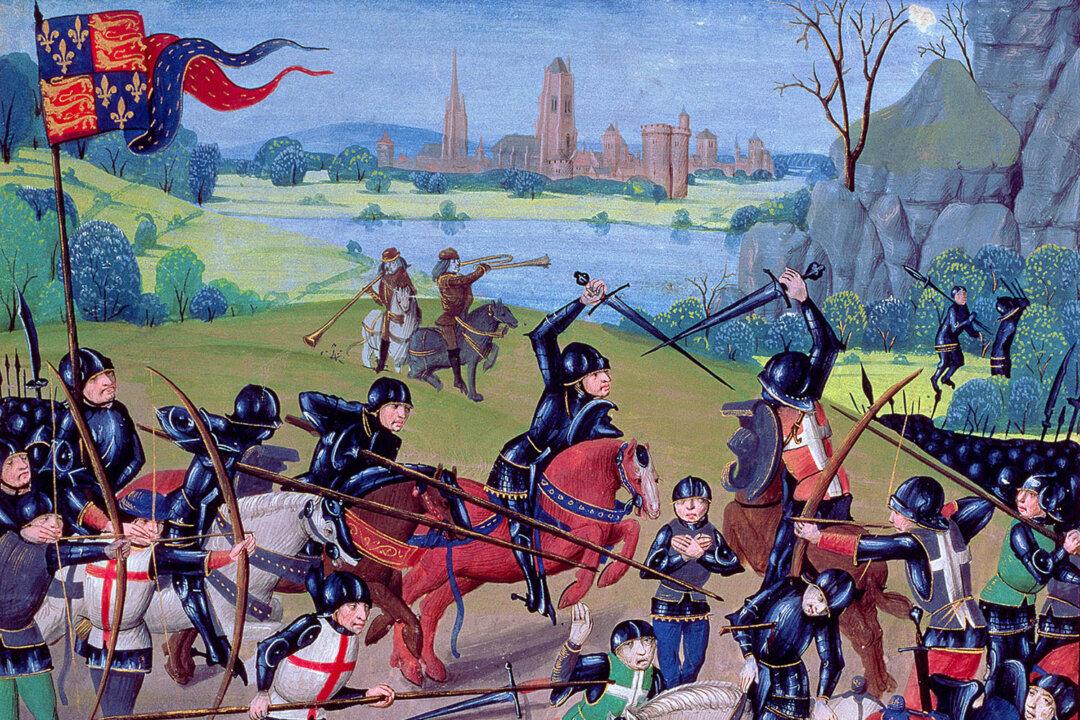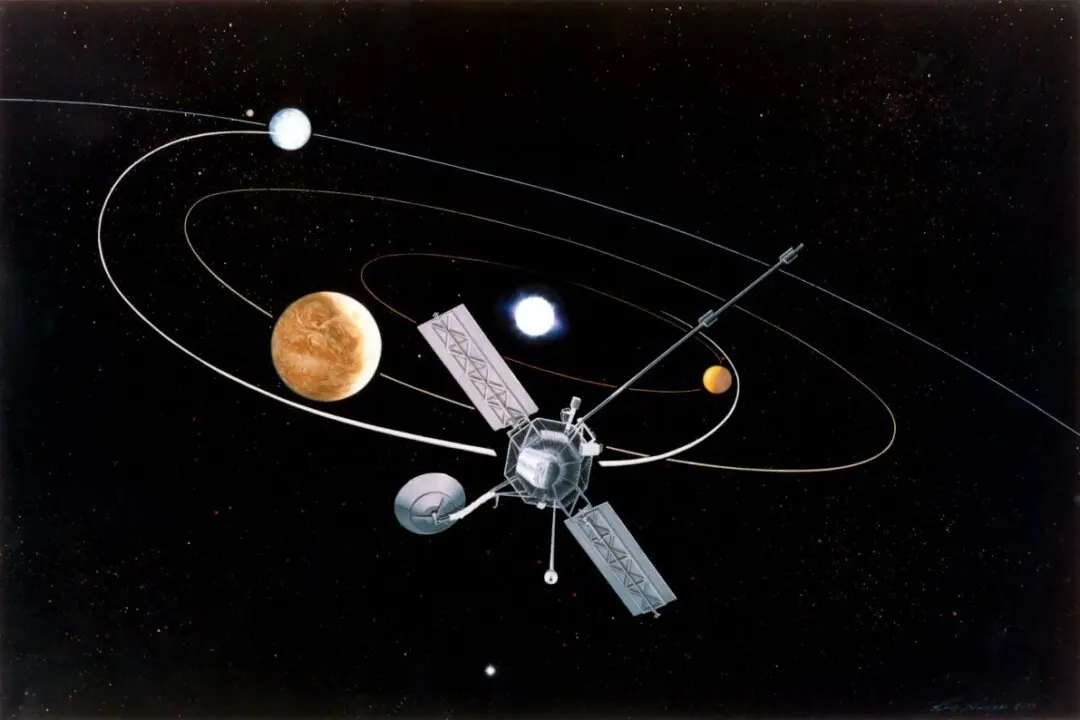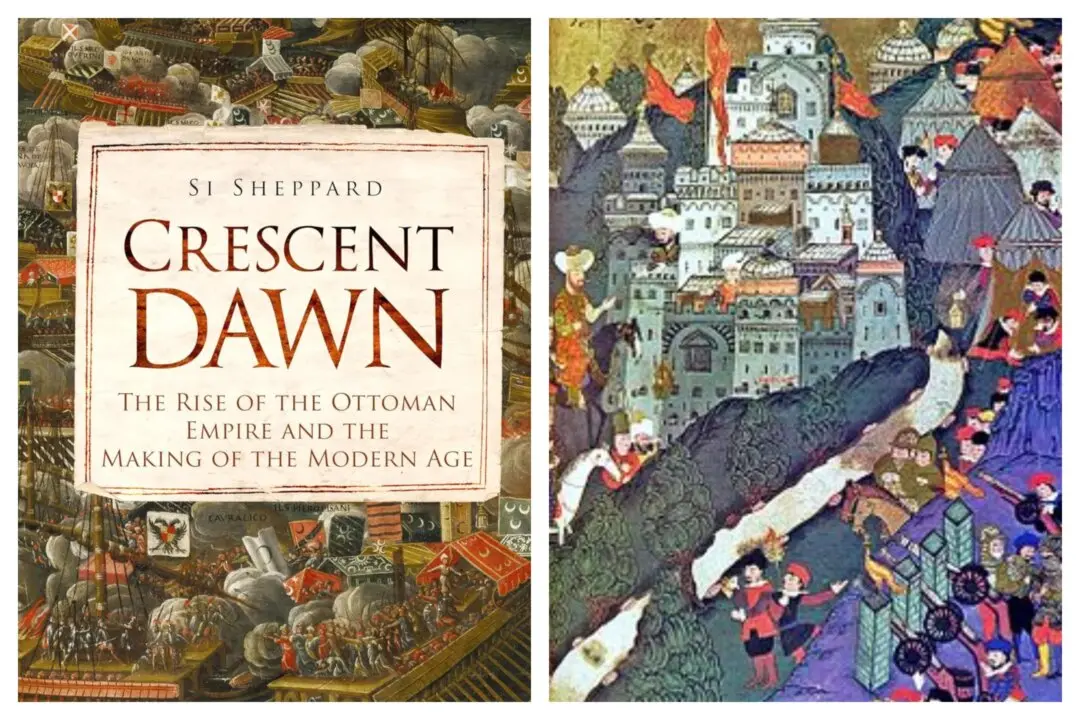There aren’t many better ways to start a book on medieval history than with an arrow to the face followed by a graphic surgery. But that is a pivotal part of Henry V’s story, and therefore a pivotal part of Michael Livingston’s new book, “Agincourt: Battle of the Scarred King.” Much like his previous book, “Crécy: Battle of Five Kings,” Mr. Livingston is once more shooting arrows into the face of tradition and leaving his mark.
Agincourt is one of the, if not the most famous battle of the Hundred Years’ War between England and France. Its international fame is due primarily to its depiction in William Shakespeare’s “Henry V,” which includes one of the most famous speeches (fictionalized as it is) in all of history―the St. Crispin’s Day speech. But enough about the fictionalized version, Livingston’s attention, as a military historian, is drawn to the facts leading up to and involving the battle.






